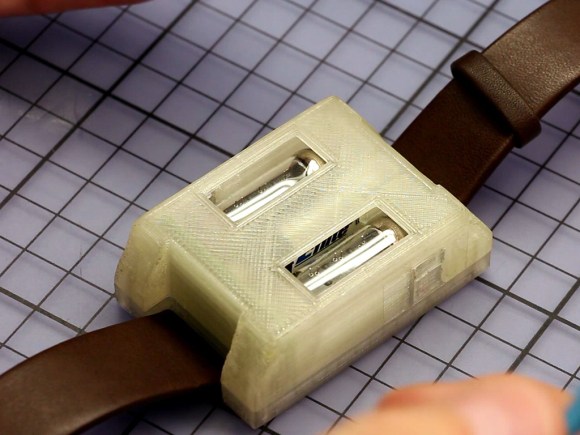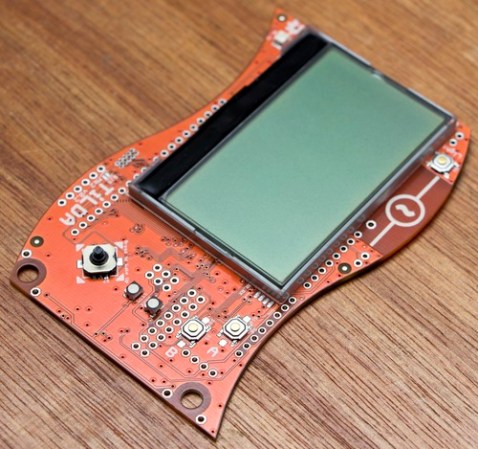Thanks to the awesome people over at Adafruit, you can now print your very own Daft Punk helmet! It is designed with a hollowed out shell and translucent material which allows for colorful LEDs to be inserted into the mask, which can light up just about any room. This makes the headset great for Maker Faire, household parties, and underground EDM raves.
The epic costume was inspired by the infamous electronic music duo from France who is known for hiding their identities behind intricate and complex masks. This version, however, is perfect for the Do-It-Youself builder on a budget assuming you have access to a Taz 3D printer through your hackerspace or a friend.
The entire helmet is 3D printed as one piece using a semi-transparent PLA filament with NeoPixel strips (144 pixel per meter) laid inside. It takes about 3 days to complete the printing job (assuming no errors arise during the process). After everything is finished, glossy gold paint is applied and the polished outcome is enough to turn some heads. Plus, this mask makes a great addition to any builder’s homemade ‘trophy’ collection.
A natural next step would be to add sensors that can detect bass vibrations. This could be used to change the colors of the display based on the music that is being played nearby. We’ve seen this sort of thing before on a few Daft Punk helmet builds that are far superior to this one. Of course the difference here is that the Adafruit version can be build in a reasonable amount of time by a mere mortal. Those other examples were life commitments as far as projects go!
Don’t forget to check out the video of this one in action after the break.


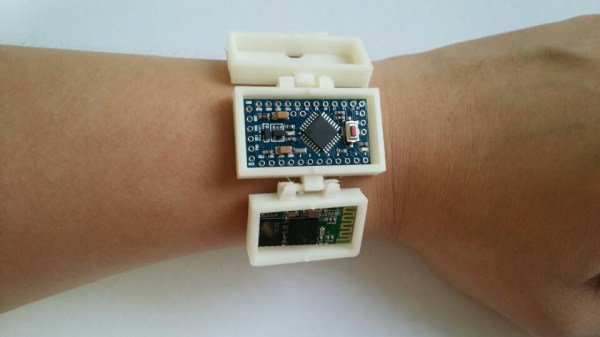
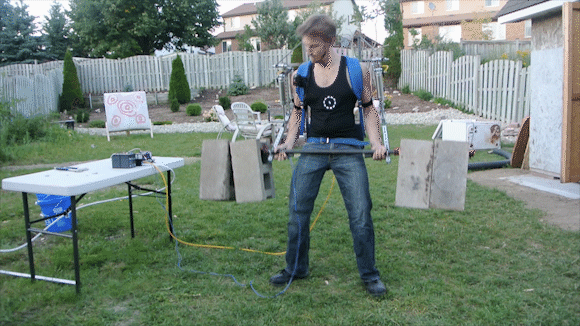

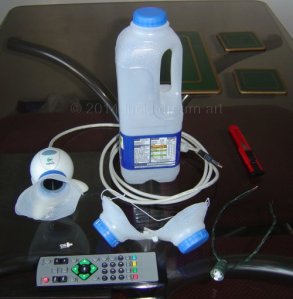 Being aware that oneself is in a dream can be a difficult moment to accomplish. But as [Rob] showed on his blog, monitoring the lucid experience once it happens doesn’t have to be costly. Instead, household items can be fashioned together to make a
Being aware that oneself is in a dream can be a difficult moment to accomplish. But as [Rob] showed on his blog, monitoring the lucid experience once it happens doesn’t have to be costly. Instead, household items can be fashioned together to make a 